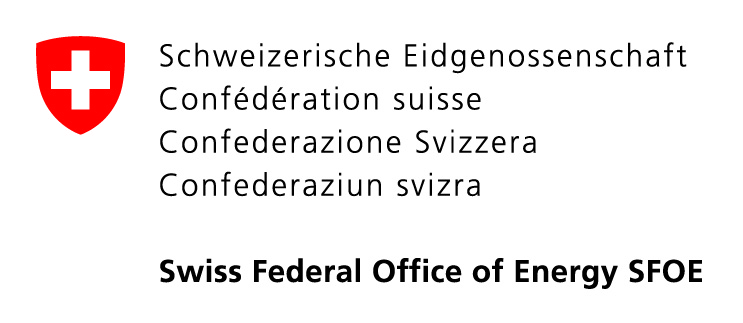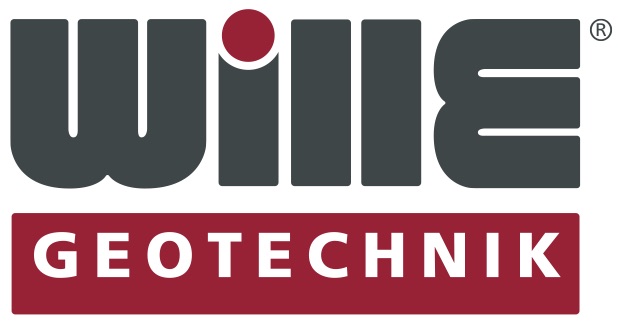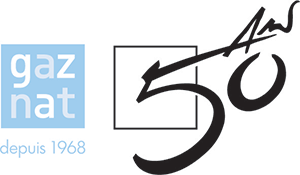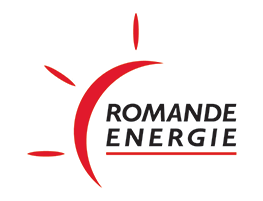28 September 2018 – 6:15 PM
Paul Bossart Swisstopo, Switzerland
Rock laboratories are considered as research platforms to carry out experiments, develop new technologies, and demonstrate activities in support of the development of deep geological repositories for disposal of radioactive waste and/or CO2. The Mont Terri rock laboratory is just such a facility. The laboratory is located in an extended section of the security gallery of the Mont Terri motorway tunnel, close to the town of St-Ursanne in Canton Jura, Switzerland. The main objective of the research of the 16 partners is the hydrogeological, geochemical and rock mechanical characterisation of the Opalinus Clay, an over-consolidated claystone of Lower Jurassic age. The test results over the last 20 years show that the Opalinus Clay is capable of confining radioactive substances over very long times and isolating them from the biosphere. In recent years, we have adapted and transferred the techniques, measurement methods, and expertise that were developed in the field of radioactive waste disposal to CO2 sequestration experiments, mainly in the field of wellbore and caprock integrity in claystones.
There are 3 major topics to improve the knowledge of the evolution of a potential repository in the Opalinus Clay: 1) understanding the characteristics, processes, and mechanisms in undisturbed clays before construction, 2) understanding the repository-induced perturbations during and after construction, and 3) conducting experiments related to the demonstration of repository implementation technology.- We also present experiments in the field of CO2 sequestration focused on wellbore- and fault integrity and borehole sealants in the Opalinus Clay caprock. This latter is especially important considering that CO2 stored in a lower aquifer could migrate along artificial and natural flow paths through an upper laying caprock.
The Mont Terri rock laboratory is an essential element in the dissemination of information and improving communication among implementers, safety authorities, and regulators. Based on feedback by visitors, we also address the question of whether rock laboratories increase the public acceptance of radioactive waste disposal and CO2 storage.










